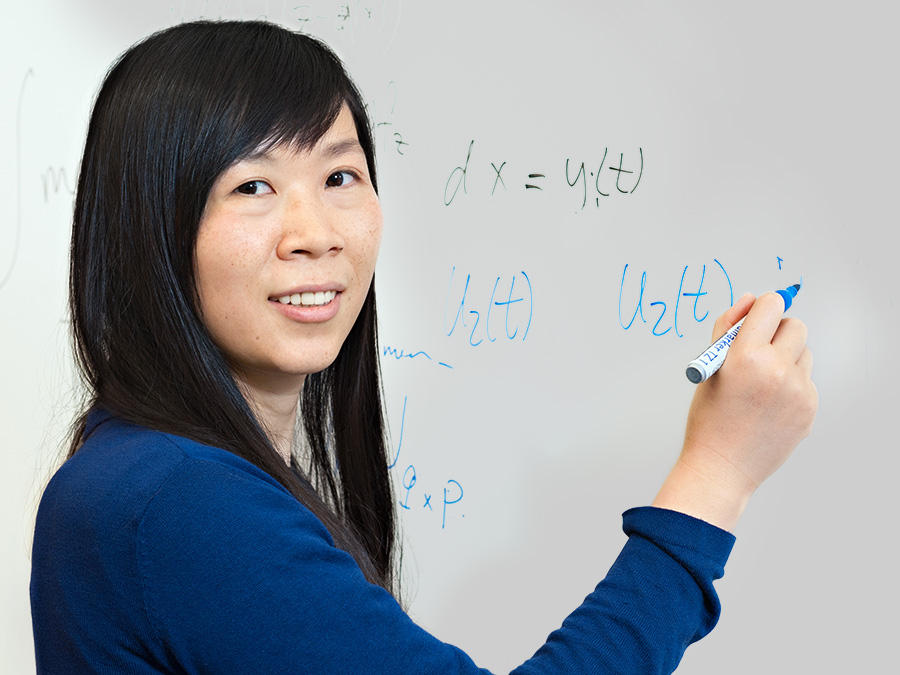TR35 list highlights TUM engineering and medical research
Technology Review salutes Germany's top young innovators

All three received their PhDs at TUM. Dr. Xiaoxiang Zhu is a TUM Junior Fellow in the Department of Civil, Geo and Environmental Engineering and head of the Signal Analysis team at the German Aerospace Center (DLR). Stage Cell Therapeutics GmbH scientist Dr. Christian Stemberger is a former fellow of the TUM Institute for Advanced Study and the TUM Institute for Medical Microbiology, Immunology and Hygiene. Dr. Michael Deubzer is co-founder and CEO of Timing-Architects Embedded Systems GmbH.
Xiaoxiang Zhu (29) specializes in pushing space-based observation of Earth's surface to previously unobtainable levels of accuracy and reliability. For example, she has developed an approach to "4-D modeling" of urban environments – including buildings, bridges, and developed land – that can reveal spatial changes over time to a precision of one millimeter per year. This work not only captures motion from a series of static observations, but also exceeds the accuracy of its primary data source – height measurements made by the high-resolution radar satellite TerraSAR-X. Such advances have many down-to-earth applications, such as providing valuable guidance to city planners and timely warnings to civil engineers. Zhu also leads the project team "4D City" at TUM's International Graduate School of Science and Engineering (IGSSE), where she did her doctoral work.
Christian Stemberger (34) is working to remove roadblocks between laboratory studies and clinical use of cell-based medical therapies. Both at the university and in Stage Cell Therapeutics, he has been developing new technology to identify, select, isolate, and preserve cell populations that are highly functional and minimally manipulated. This approach should open the way for clinical use of such cells in treating cancers, infections, and other immunologically related diseases – and could facilitate broader integration of cell-based therapies into individualized medical care.
Michael Deubzer (31) wrote his PhD thesis at the Institute of Automation and Information Systems in the Mechanical Engineering Department. He left TUM in 2011 to co-found a company based on his doctoral research project: "Robust Scheduling of Real-Time Applications on Efficient Embedded Multicore Systems." The focus of his research – and his business – is a challenge arising from the proliferation of new multi- and many-core microprocessor controllers and applications in automobiles, as well as in other embedded-system domains such as medical devices, robotics, and industrial automation. To the extent that a car is now a computer with wheels, a "crash" is completely unacceptable. Deubzer developed software to simulate and optimize precisely this kind of heavily parallel computing environment. Now his company, Timing-Architects Embedded Systems GmbH, works with customers including Audi, BMW, and Volkswagen.